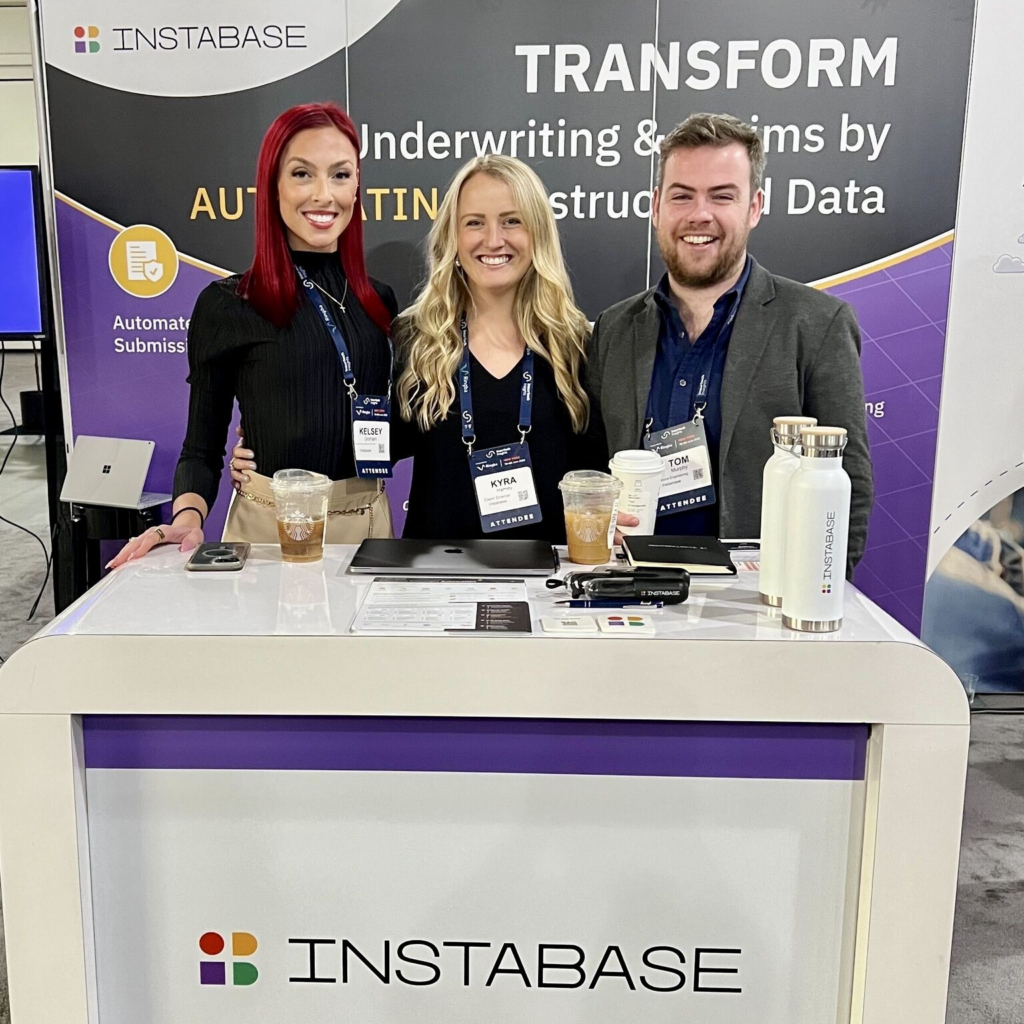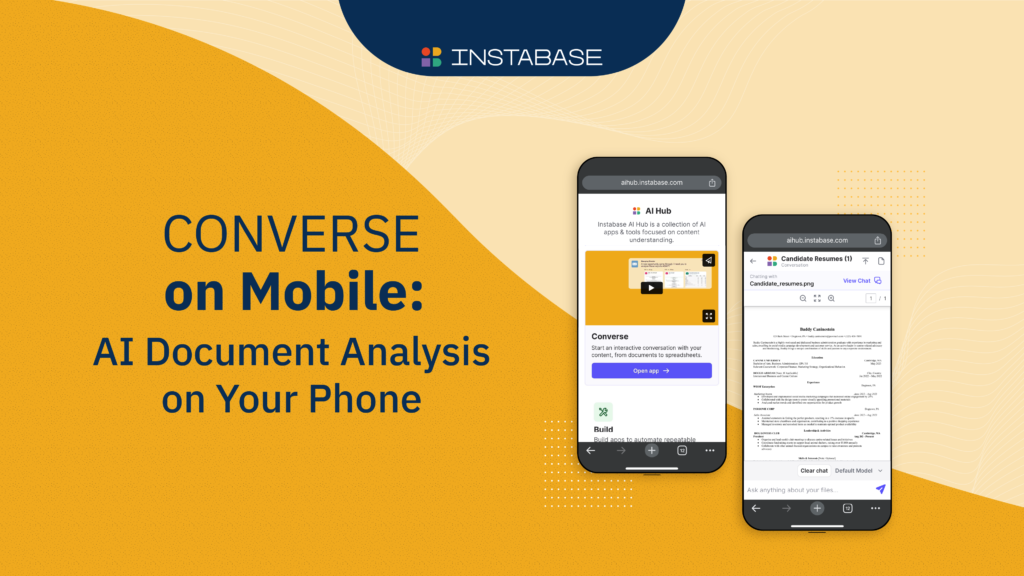Insurtech Insights NYC
Insurtech Insights New York. What an event! The words Generative AI were on everyone’s lips this time. Quite a contrast with Insurtech Insights in London only 4 months ago. Back then AI was a topic, but nothing compared to the pervasive use of the words right now in New York. The opportunity for generative AI and the latest LLM models in insurance is profound. Suddenly, complex contracts can be instantly understood, compared, and contrasted. Brokers can go through complex information and pull together draft risk and health plans. The efficiency generative AI will unlock in insurance over the next few years is unprecedented and the enormous interest in the topic by the present carriers and brokers is evidence of that.
A specific example was the panel I spoke at on complex claims together with [Lauran Kim from NFP, Daniel Grimwood-Bird from McKenzie Intelligence Services, and Reagan Pufall from Omaha National] and moderated by [Adam Chadroff from Equal Ventures]. Complex claims in insurance have an interesting definition – the panel effectively defined them as those claims that get bogged down in litigation, have a lot of supporting complex medical documentation, or otherwise require a lot of manual attention. While it is unlikely, and undesired, to somehow straight through process such complex claims, AI is certainly able to help make this process a lot more efficient. For instance, the adjuster can instantly bring up the relevant facts from a corpus of documents, identify missing information (and auto-generate requests for this info), and combine facts found in the supporting documentation automatically as part of the same workflow with third-party databases such as satellite pictures or other relevant IoT data.
And the panel concluded that the sector requires this type of AI help. Medical claims inflation is rampant, experienced adjusters are retiring, and the volume of complex claims is increasing. A perfect storm so to speak (no pun intended!). And while some may believe they have time to adjust and think about how to integrate generative AI in insurance workflows, the panel warned that this is not the case. With the low thresholds to using sophisticated AI, the expectation is that the volume of litigation and advanced fraud will increase rapidly over the next few months and years. After all, litigation lawyers and fraudsters alike have the same access that insurers do to help them make more efficient and generate new documents or indeed convincing fake or fraudulent supporting documentation.
Another panel I had the great pleasure to moderate was on the emergence of no-code / low-code in insurance. The panel, consisting of [Pat Shanahan from Nationwide, Louis DiModugno from HSB, and Eugene Shafronsky from Thinktum], had a great discussion on how this phenomenon lowers the threshold for creating advanced models. The parallels to generative AI are stark. Suddenly, underwriters and adjusters have access to far more data, data that was previously unstructured and siloed, and have the means to easily create new models on top of that data. The ability of any underwriter or adjuster to do this without a small army of engineers is going to have profound effects on the industry. And it couldn’t come at a better time, with insurers having difficulties attracting new talent into the industry. Not only do low code / no code & generative AI help create more capacity for your existing professionals, but these tools also make the job so much more fun.

Taking these phenomena together, I selfishly also want to highlight a special moment for Instabase. Insurtech Insights coincided with our latest fundraise ($45m at a valuation of $2bn). It has been extensively covered by Bloomberg TV and other media outlets, so I won’t repeat the main messages here. The key thing I want to draw attention to is ‘why’ we were able to raise this round in such a profoundly difficult time to raise funds. And the reason for this is two-fold: 1) insurers are incredibly interested in what we offer and this is converting into revenue, but 2) it is the promise of what generative AI brings to our tech stack. The combination of Instabase’s proprietary lay-out awareness models and workflow automation platform with the latest LLM models OpenAI creates a powerful tool to understand and automate any document. And the most exciting thing is that we have made it available to everyone. Just go to AI Hub (instabase.com) and try it out for free. Really exciting stuff. I myself uploaded my recent car rental insurance contract and queried it for the most important terms and conditions, limits, and other things I should consider.
Try out AI Hub! Looking forward to your feedback.



